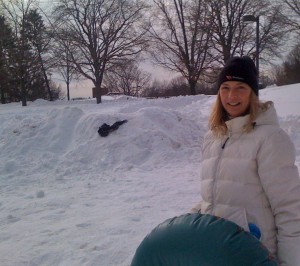Education can be an important vehicle of social mobility, for giving people the capacity to change their lives for the better. Education should allow students to expand their horizons and to choose (and work for) the kind of life they want to lead — rather than merely accept the lot in life that seemed to have been assigned to them.
Education can also be an important vehicle for protecting social privilege, for giving people the capacity to protect their own and their children’s social standing. Education can be an exclusive good, allowing the sons and daughters of the elite to remain on top.
At Wesleyan we have long believed in opening the university’s doors to talented, creative and ambitious students from all walks of life. We have worked hard to recruit students from groups previously excluded by elite institutions and to provide them with the tools for success here on campus and beyond. We know that everyone in the university benefits from having a diverse campus in which students, faculty and staff educate one another to think critically and creatively while valuing independence of mind and generosity of spirit. That’s our mission.
All around us, however, we see the effects of an educational system that functions to re-empower those with resources while undermining the chances for success of those who do not have that good fortune. There are, however, extraordinary men and women working to change that dynamic, and one of them is here today. Geoffrey Canada, president of the Harlem Children’s Zone, will be our Martin Luther King Jr. speaker this afternoon, and he will share his “simple yet radical idea: to change the lives of inner city kids we must simultaneously change their schools, their families, and their neighborhoods.” He does the work of social justice through education.
Mr. Canada’s talk helps kick-off the year’s Social Justice Leadership Conference. Students, faculty, staff and alumni are coming together to discuss a wide range of issues linking education to other efforts to enhance freedom and fairness. A schedule is here.





